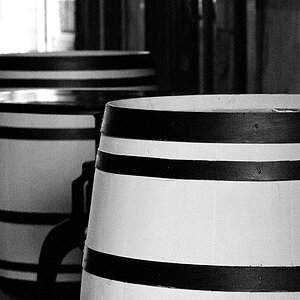W.Y.Photo
No longer a newbie, moving up!
- Joined
- Aug 10, 2014
- Messages
- 874
- Reaction score
- 203
- Location
- Harlem, NY
- Can others edit my Photos
- Photos NOT OK to edit
Eh... it is easy. Or at least it would teach you how to keep cool (no sweating hands), be patient, precise without looking and not claustrophobic in small, totally dark places. Actually a good place to be to meet own soul, a opportunity, which digital imaging seems to be devoid of.Winding your own off a reel? I dont even know how to do that, just heard of it.I do. For me Double X it is the best, most versatile general purpose film. (I don't shoot colour). Some time ago I shot over 250 feet of tests (in 12 - 18 frames pieces) and have to say if anything is "professional", this material is.One good thing about cinematic film like 500T and Double X it looks fantastic when used for still photography
I have heard that. Do you have experience?
Only fools don't use spools.
Lloyd 35mm Bulk Film Loader LL01 B H Photo Video


 What is not ?
What is not ?![[No title]](/data/xfmg/thumbnail/37/37615-78a9bdab877c191919a156f901325ee1.jpg?1619738151)

![[No title]](/data/xfmg/thumbnail/32/32160-4e45e524b050f1afae9fd21bf696d61b.jpg?1619735234)








